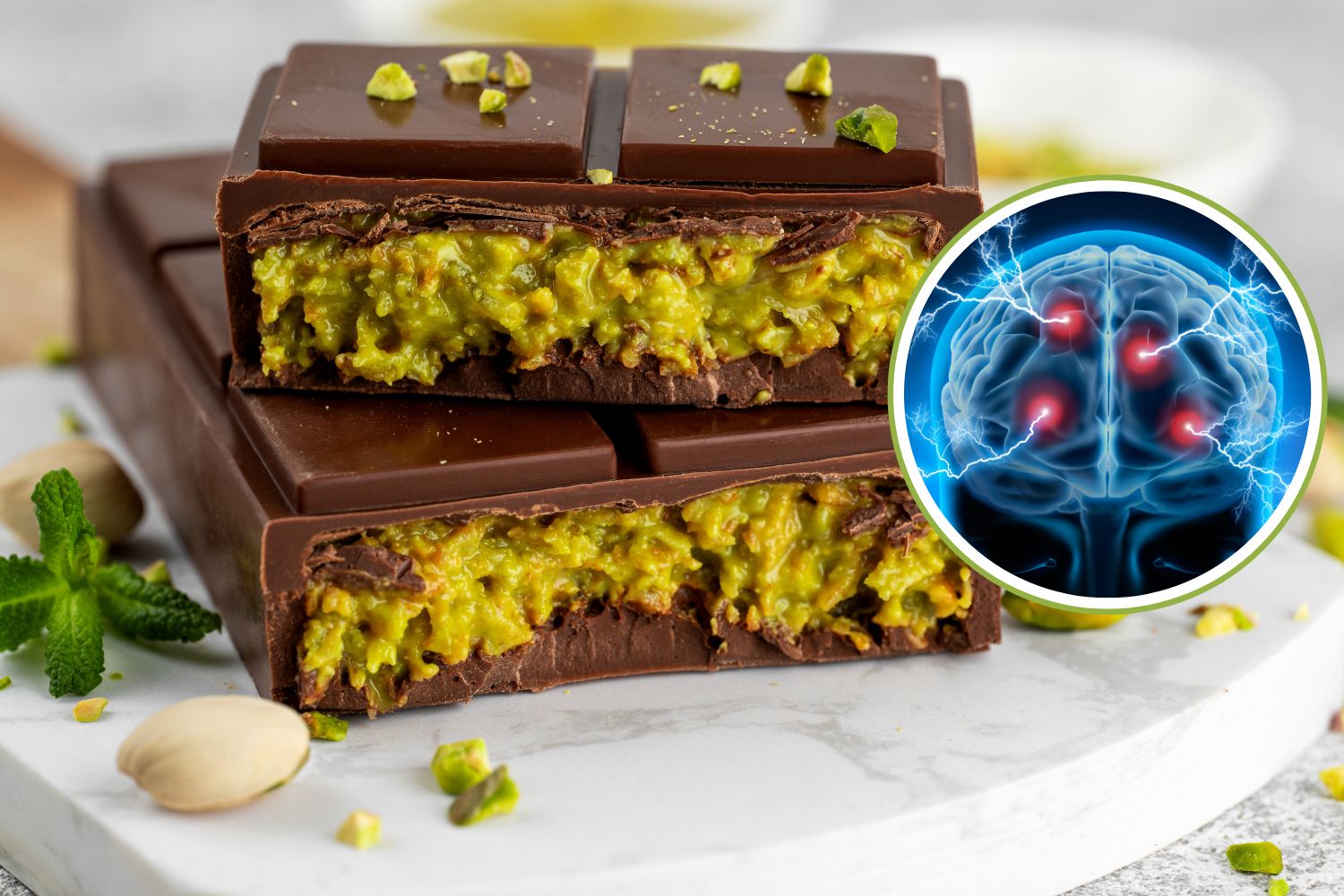Dubai chocolate is the viral dessert of the moment: between pistachio, tahini and the science of pleasure, here's why it conquers us with every bite

Table of contents
You know those desserts that aren’t just delicious, but seem designed to make you crave them? Well, Dubai chocolate is exactly that: a small bomb of aesthetics, sugar, and psychology that’s conquering social media around the world.
Born in 2021 from the creative mind of Fix Dessert Chocolatier, based in the United Arab Emirates, this grandly-named dessert was initially known as “Can’t Get Knafeh Of It.” Inside a shell of milk and dark chocolate, hides a creamy heart of pistachio, tahini, and kadayif, a crispy, thin pastry used in Middle Eastern sweets. One bite and you’re in another dimension: sweet, salty, crunchy, and velvety. All at once.
And if you’re wondering why this dessert has blown up the web, the answer isn’t just “because it’s good.” It involves brain chemistry. And a bit of digital cleverness.
The brain reacts to Dubai chocolate like it does to a sunset (only creamier)
Charles Spence, experimental psychologist at Oxford University, says it: when a food manages to engage multiple senses simultaneously, our brain goes into overdrive… in a good way. Dubai chocolate is a textbook case.
The contrast between the glossy brown chocolate and the bright green pistachio creates a powerful visual effect. It’s that same satisfaction we experience in front of a perfectly plated dish, a slowly oozing cake, or a reel with a fork sinking into cream. It’s not just called food porn: it’s visual dopamine.
Then there’s the more “ancient” side of the matter. Our brain is programmed to get excited about foods rich in fats and sugars — an instinct that comes straight from times when a few calories could make the difference between survival and starvation. So, even though today the only danger we need to avoid is the 9 a.m. meeting, we remain fascinated by anything that promises immediate energy and pleasure.
But that’s still not enough: the success of Dubai chocolate is also social. Videos of people tasting it with expressions of gastronomic ecstasy trigger a domino effect: those watching want to try it. It’s why “food reaction videos” explode on TikTok: we see someone experiencing pleasure and our brain tells us “me too!”
The “wow” effect of the exotic and the need to amaze ourselves again
Then there’s the more subtle and psychological part: the fascination with the exotic. The name “Dubai chocolate” evokes luxury, travel, novelty. It seems like something you can only enjoy in a special place — and this, in marketing language, is pure gold.
The truth is we love novelty, especially when it comes from far away. It’s no coincidence that even sushi, today a symbol of culinary normalcy, was considered something strange, almost “forbidden” until a few decades ago. With Dubai chocolate, history repeats itself: it’s sweet, beautiful to look at, difficult to replicate at home and above all… shareable. And in an era when we also eat with our eyes (and with our smartphones), this is enough to decree its success.
When dessert becomes a universal language
Dubai chocolate is no longer just a dessert. It’s a small cultural phenomenon. A symbol of how we experience food today: not just as nourishment, but as an experience to show, tell, and relive. Every bite becomes an aesthetic gesture, every photo a micro-dose of dopamine. The pleasure doesn’t end when you taste it: it continues when you share it, tag it, watch it again.
In the end, our obsession with Dubai chocolate tells a simple truth: we don’t eat just for hunger, but to feel emotions. And this, more than a guilty pleasure, is a small form of everyday poetry.
Source: University of Oxford
